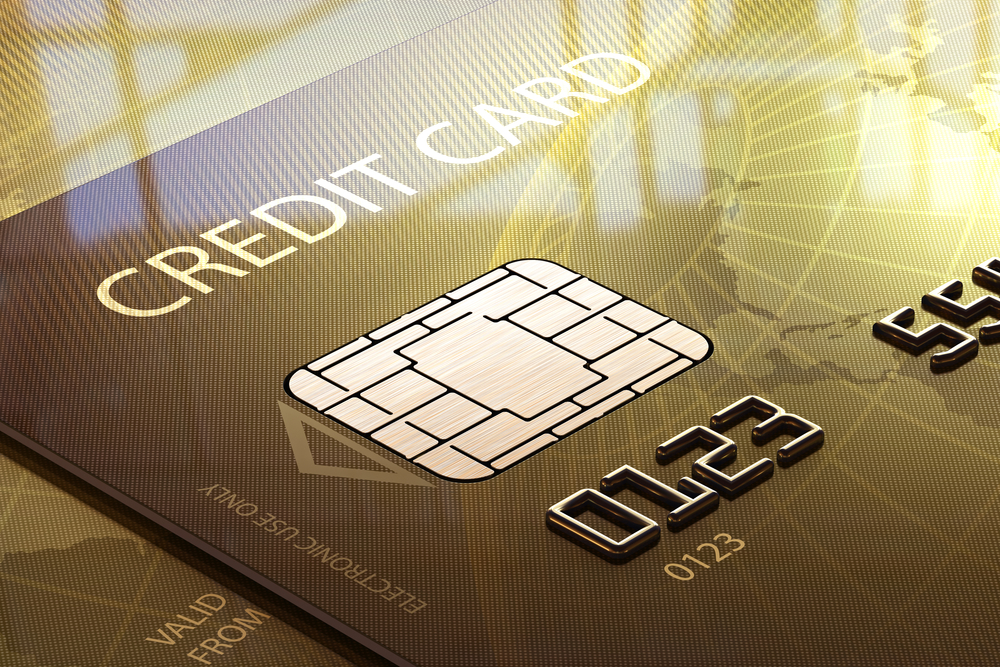Have you received your new credit card in the mail with a microchip in it?
Does it allow the credit card company to know everything about you day or night?
Maybe.
But in the short term it’s an added layer of security attempting to slow down the roaring rapids of credit card fraud and data breaches. The deployment of this type of credit card is much-needed in the United States, because such fraud has doubled in the past seven years.
The shift to EMV (Europay, Mastercard and Visa) is in full swing. It’s a global effort and U.S. card issuers are finally getting on board with the aim of reducing the domestic costs associated with fraud. You’d think we’d be at the front of the line and on the cutting edge, but we’re not. In fact we are the last major market still using the now-obsolete magnetic card swipe tech.
Europe and China were the first to the party. In fact, China was accused of altering some of the first-generation terminals bound for Europe so that the secure data was sent back to China for devious purposes. As far as getting the U.S. where it needs to be, “It’s going to take a little time to adapt,” says Doug Johnson, vice president of risk management policy for the American Bankers Association. But as you read this about 25 percent of our country’s cards will be chip equipped.
You may wonder how a chip specifically assists with fraud reduction.
First off they’re difficult to counterfeit. In traditional cards the magnetic strip contains data that is static and unchanging. If that data is stolen it can be used for fraud, easily making fake cards. In the chipped card, though, a unique transaction code is created for each purchase that can’t be used again. Therefore, if one code was stolen and a counterfeit card created, that card would be denied.
One of the most interesting (or more frightening than a “Walking Dead” season finale if you’re in retail) is the liability shift associated with the move to EMV. In the past the card issuer was responsible for fraud. However, if the retailer in question doesn’t have an EMV setup with their point-of-sale system then the liability moves to them. Someone has been busy lobbying this change because card issuers have been on the hook for a long time.
So this is huge, bigger then Elvis in 1974, bigger than the Old 96’er (a 96-ounce steak) in the Dan Aykroyd film, “The Great Outdoors.” You get the idea.
So with anything new there is a lot to consider. The process for the consumer is slightly tedious because you’re no longer swiping the card: You’re inserting it and must wait until the terminal reads it before you can remove the card.
That process is called “card dipping.” Tedious may be a strong word for it, but we live in the world of fast and easy, and anything that gets in the way of that is a drag on our lifestyle. To that end there’s a large push for Near Field Communication. NFC-equipped cards are tapped on the terminal and the data is read instantly without the need for card dipping. That technology, though, is not quite ready for prime time, so stay tuned.
If you have questions on why your cards are not chip-equipped give the card issuer a call to make sure you have the latest and greatest tech available. Also, contact your card issuer if you plan overseas travel to ensure your chip card will work in Sweden, Bangkok or wherever your travels take you.
Happy New Year.


